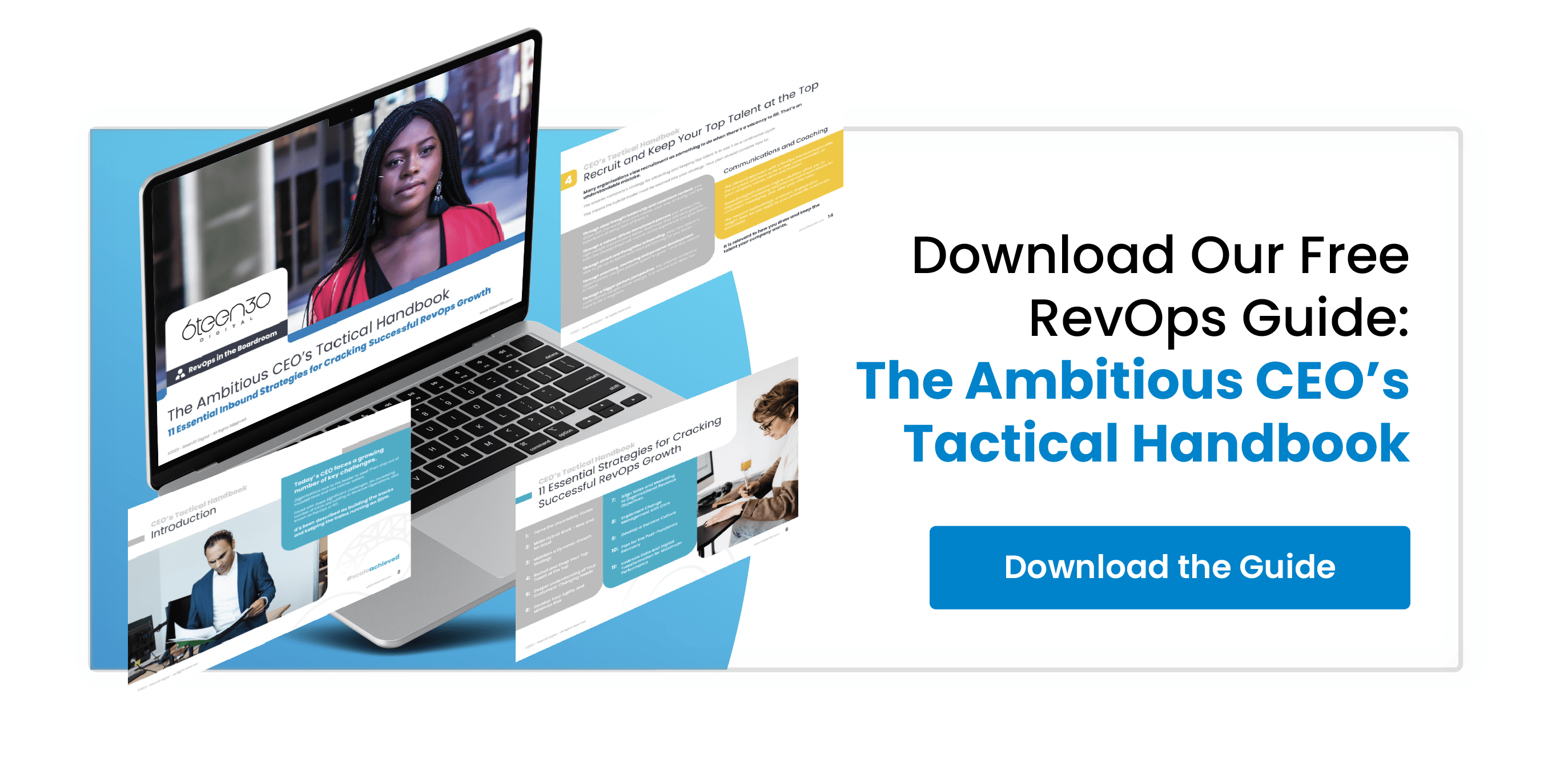
The Crunch: 11 Challenges for Growth-Seeking CEO's
The unprecedented events of 2020 affected almost every industry around the globe.
A picture of job losses, enforced remote working, supply chain and distribution disruption, health and safety adjustments, and more.
The pressures and strain on CEO's remain high. Organisations are looking to the top to steer their ship out of troubled seas and into calmer waters.
The expectation is that a sure-footed navigator will guide everyone through an adapted vision, strategy and mission for success. Anything less could lead to a collapse in confidence or a big hit on performance.
Here are 11 crunch-point challenges facing the ambitious growth-seeking CEO - and a pathway for meeting them.
1: Taming the Uncertainty Vortex
Uncertainty is like deadly nightshade for growth.
And the business belladonna was in plentiful supply during 2020: witnessed through the battered global economy, trade conflicts (including Brexit negotiations between the UK and EU), climate change, cyber threats, red tape rigmaroles and the rest.
A global PwC survey revealed record levels of pessimism last year. Only 27 per cent of CEO's said they were “very confident” about the prospects for revenue growth - a misery level unknown since 2009.
Having a grand plan for how you’re going to play is one thing. Aiming to meet your big picture goals when the goalposts keep being moved is another.
Lead with Certainty
Now is the time for sure-footed leadership.
Re-evaluate the heart of your organisation. Check in with your values. Set or adjust the vision. Create the culture, create the plan. Build the tracks so your train can keep running to time, whatever the outlook.
Establish how things are and aim for more predictable future performance. This picture encompasses your team, employees, clients, customers, sales, marketing, customer service, data, systems, operations and alignment with your core.
It’s time for everyone to pull together under a single banner of certainty.
2: Making Hybrid Work for Good
The move towards greater use of remote working, or teleworking, was happening before the events of 2020. The global pandemic accelerated it to become the norm.
The initial focus was on two things. Firstly, making workspace adjustments to make it safe for those working from the office. Secondly, ensuring employees had the computers and tools they required to stay in touch, report in and collaborate with colleagues.
Hybrid working - The Trend that Won’t Go Away
Research by Cisco suggests 98 per cent of future meetings will have one or more remote participants. In its 2021 Benchmarking report, Predictive Index revealed three out of four CEO's expected full-time remote working for all or most employees.
Hybrid working is here to stay.
One half of the challenges now includes what office space to keep, how to safely use or restructure space for hybrid meetings and how to make the office more of a social and cultural hub of the organisation.
The other half of the equation is about how to maintain effective communication and collaboration when people are spread far and wide - and how to ensure cohesive implementation of the strategy for improving performance.
3: Maintaining a Dynamic Growth Strategy
Strategy is everything in business.
It is the compass that sets the course for an organisation and its people.
Businesses across many sectors - including retail, hospitality and leisure - have had to look at different models of operation and find new ways to survive and thrive.
It’s not been a comfortable journey and many well-known names have fallen along the way. There may be more casualties ahead.
Playing the Long Game
For some CEO's, survival mode has been the norm for more months than they can remember, perhaps buoyed by some quick wins through sales or other heavy-discounting promotions.
But the challenge now is how to rediscover a growth path or (if growth is being achieved) to push down on the accelerator and feel a little bit more of a breeze on your face.
With an ever-changing landscape, a strategy for real growth requires a steady, steely and high-ambition hand on matters such as brand reputation, thought leadership, customer acquisition, predictable sales forecasting, customer satisfaction and retention.
The horizon view has to be beyond quick wins. For longer term ROI, revenue and margin is required from all units of the business.
4: Recruiting and Keeping Talent at the Top
Having talent throughout the organisation is important - but never more so than at the top.
The reality for most businesses is the people they have now are not the same people they had a year or two ago.
According to a CEO report by Predictive Index, seven out of 10 companies restructured their teams during the pandemic. Of those who restructured, 28 per cent let go at least a quarter of their cohort.
In the same survey, only 41 per cent of CEO's in September 2020 “strongly agreed” they had strong executive team cohesion - down 17 per cent on the March figure.
Culture, Coaching and Collaboration
The CEO has always been widely recognised as the navigator of the company vision.
But now their role as chief coach, chief mentor and chief cheerleader is being called to the fore. It raises many questions.
How do you keep and hold the trust of those around you? How do get your executive team on board and working better, individually and collectively? How can you help them get buy-in across the organisation - if not 100 per cent then at least 80 per cent?
How can you consistently recruit top talent? How can you liberate them to perform at their unique best?
5: Understanding Changing Customer Needs
You only have to wander down your local High Street to witness the blunt force trauma the pandemic has inflicted on the retail industry.
Empty shops. Unit closures. Big name brands disappeared forever. The human toll of wave after wave of job losses (180,000 wiped out in the UK alone during 2020, according to the Centre for Retail Research).
Just as lockdowns accelerated the switch to remote working, they also pushed consumers towards online shopping.
Those already slow to adapt, like Debenhams, had the final nail hammered into their coffin. No sentimentality. It was all about the numbers and they stopped adding up. Brutal.
It’s a Buyers World
Companies no longer lead the buying process. Customers and clients do. They are doing their research, asking questions and buy when they are ready.
Given all the turbulence around the globe, customers’ needs and priorities have probably changed. The challenge for the CEO is to ensure the organisation has a deeper understanding of what that looks, sounds and feels like.
Can you develop better customer experiences? Can you provide even greater value? Can you increase loyalty and the average lifetime value of your customers?
It’s something your teams should be working on together.
6: Developing Agility and Minimising Risk
There may be times when a CEO feels like they are expected to be a magician or miracle worker.
The company going for growth requires strategy, investment and change. All three of those words carry a degree of risk. And you know whose head is on the block if it doesn’t pan out as planned.
It may feel like the world is working against your vision. Disruption to supply chains, manufacturing and distribution. A changing, possibly downsized, workforce. Sales and marketing reporting big challenges around customer acquisition and getting the message out there.
Flexibility and Creativity Are Key
The challenge is how you can best design your business and prepare your team to succeed.
Is more localised production an option? Can you streamline any parts of your operations or processes? How can you be both more lean and more agile?
How will you keep your people communicating, collaborating and performing in the new hybrid working world? How can you encourage fresh thinking, new ideas and innovation? How can your organisation use technology, systems and digital tools to improve productivity, efficiency and performance?
The art is finding a way to embed flexibility, creativity and agility into the company culture and DNA.
7: Aligning Sales and Marketing to Organisational Revenue Objectives
In some organisations, sales and marketing can feel like rivals or competitors at times. They’re meant to be on the same side.
Often the traditional mentality is more silo than success.
Sales says marketing is not getting the right message out or generating the wrong kind of leads. Marketing says sales should get better at closing. (Neither of them bothers talking with customer service colleagues).
That approach might be called ‘dinosaur thinking’. And we know what happened with that story. Marketing needs to modernise.
Bringing Sales and Marketing Together Brings Performance Benefits
Instead of having sales and marketing working in silos, consider bringing them together and working towards single revenue objectives.
When they realise they are both responsible for the same revenue targets, there is more incentive to play nicely and cooperate with each other.
Aligning sales and marketing presents challenges. There may be resistance. Your teams will need to understand why the approach is being taken, have systems in place to share meaningful data and insights, and find ways to synchronise their activity.
Objectives of this alignment strategy include better collaboration, greater accountability to the top, more predictable revenue and improved performance.
8: Implementing Successful Change Management
Businesses constantly evolve, whether they are in motion or not.
Sit back, or do nothing, and the world moves by you. Go too aggressively with change, or try to go too fast at the wrong time, and it can lead to disaster.
Any CEO, especially one recently appointed, will have a big list of things they want to do. Priorities should be considered before rushing in. If the board and executive team are in “safety first” mode, talking about a “bold and adventurous” strategy might be met with strong resistance.
Doing too much at once also risks change fatigue throughout the organisation (especially if success feels a long way off).
Communication and Support
With any change management, one of the big questions is around whether you do it all ‘in-house’ or bring in consultants and experts, for some or all of the process.
Whichever way the company goes, getting the message about any transformation across to all levels of the organisation is critical. Permitting poor internal communications is a path to chaos.
The CEO has a lead role in setting out the vision for change, the reasons for change and the intended outcomes of change. Pictures of success need to be painted.
9: Developing a Success Culture
Success is not just built on strategy. It’s also down to your culture and how your people operate.
It’s easy for a company to talk about vision, values and mission. But is that what people outside the organisation see, feel and experience?
The organisational culture is the foundation, heartbeat and very being of a business. The new culture for success is not about greed. It’s about service and understanding the changing way people are buying.
When you have marketing, sales and service teams working in alignment - and putting the customer first - the transformation in results can be very significant.
A 2019 study by SiriusDecisions revealed companies that used an aligned approach to revenue growth were 19 per cent faster and 15 per cent more profitable.
Be an Advocate for Customer Advocacy
A success culture means a customer-first approach. Not in a lip-service kind of way but as a strategy.
The CEO challenge is to get the executive team on board with it all. How you want the company and its people to be.
The approach requires a strong customer radar. This provides better insights and deeper understanding of the buyer, allowing marketing, sales and service teams to perform better.
10: The Post-Pandemic Recovery
Whatever turbulence the global business world is going through, one thing is for sure.
Things will pass.
That’s not to say it hasn’t been a tough and challenging time for many or most companies. It has. That may have pushed the focus more to survival or low-growth mode.
At some point, the global pandemic will be over and things with Covid-19 more in control. Attention now needs to be given to planning for the next five years.
How Will it Look in a Post-Pandemic World?
We may not have a crystal ball but the picture is likely to include:
-
A hybrid working model - with a flexible mix of office and home working
-
Genuinely customer-centric cultures becoming the norm
-
Businesses having to be more agile and flexible
-
Teams working more in alignment, less in silos
-
Greater use of team collaboration technology to drive performance
-
Culture-driven approaches to recruitment, reward and retention
-
Increasing use of digital and data analytics to inform decision-making
Time to get planning.
11: Embracing Data and Digital Transformation for Maximum Performance
Companies recognise performance has to be measured. That’s why they have strategies, objectives, goals, targets, KPIs, OKRs and the rest.
An organisation also requires technology solutions to make effective communications, collaboration, marketing, sales and customer service possible.
Many businesses muddle by with a mish mash of different systems and platforms. It allows teams, departments or divisions to do their part of the job. But it makes finding accurate and reliable data across the whole much harder.
Get Your Technology Talking Better
A business needs to measure what matters.
When you have the data, it’s easier to get a picture of what’s happening with the strategy.
Having the right information allows you to make informed decisions with confidence (even if, for strategic or intuitive reasons, you sometimes ‘go against’ the data). Accurate data can help drive change management, find improvements, deliver revenue growth and produce margin gains.
Revenue Operations - The Rising Star
Faced with these significant challenges, an increasing number of CEO's are turning to Revenue Operations, also known as Rev Ops or RO.
This approach aligns sales, marketing and customer service operations across the complete customer life cycle to drive growth.
Shared revenue targets mean all teams are accountable to revenue, not just sales. Shared data means teams can work together better for the greater good and the company better predict performance. Synchronised activity increases operational efficiency.
Rev Ops has been described as building the tracks and keeping the trains running on time.
The biggest challenges to implementation are typically company resources, inconsistent data and disconnected systems. It’s why organisations often reach for outside support to make it all happen.
Here at 6teen30 Digital, we use Revenue Operations to help clients align their marketing, sales and customer service teams. Our strategic GamePlan Workshop process combined with the HubSpot Growth Suite delivers a customised RevOps solution.
Statistics suggest the investment is worth exploring.
HubSpot research says companies with aligned departments close 38 per cent more deals and post 208 per cent more marketing revenue. A study by SiriusDecisions found public companies using Rev Ops saw 71 per cent higher stock performance.
If RO is delivering ROI in those kinds of numbers, it’s little wonder more and more CEO's and C-suites are exploring its possibilities.
To explore RevOps solutions from 6teen30 Digital, you can view our RevOps Journey path.
Turning Challenges into Opportunities
Today’s growth-hungry CEO is under more pressure than ever.
The everyday challenges are stacked with those created by the global pandemic and its impact on the economy. Balancing pace of change and risk has become a high-stake juggling act.
As uncertainty lingers, companies can expect more change in the years ahead.
Key challenges revolve around strategic direction for growth, creating a strong organisational culture, enabling people, ending silo mentality and getting teams working better together.
The focus is turning to customer-centric activity, gaining a deeper understanding of customers, improving collaborative systems, and finding accurate and reliable data to drive decisions for performance and growth.
To discover more about how to use inbound strategies for successful Rev Ops growth, 6teen30 Digital has produced a free guide, called The Ambitious CEO’s Tactical Handbook.








%20-%20Teal.png?width=500&height=130&name=Force%20%26%20Friction%20-%20Branding%20-%20Logo%20(White)%20-%20Teal.png)